In December 2010, Augustine Mahute (26), an MDC-T activist from Matapi Flats in Mbare, was brutally attacked by ZANU-PF youths before they handed him to Matapi Police station.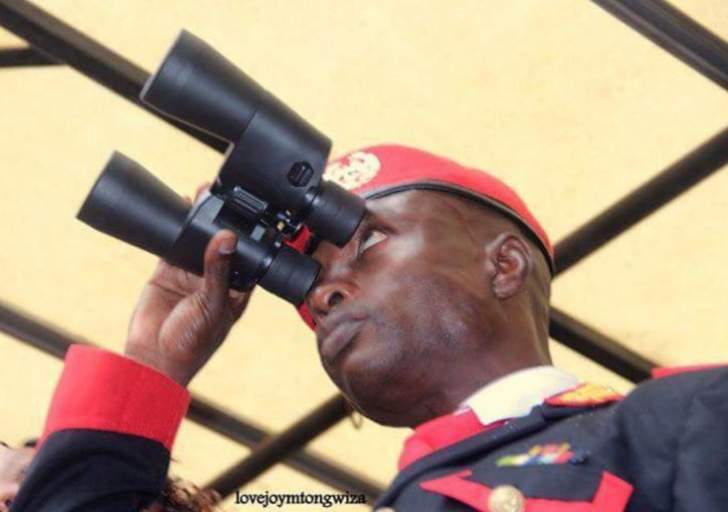
Mahute subsequently died from injuries he suffered while in police custody. His crime: he stood accused of stealing a ZANU-PF supporter’s pair of shoes, a blanket and a pair of jeans.
Because Mahute was a known MDC –T activist, the ZANU-PF youths accused everyone who went to the burial of being an MDC-T sympathizer. They ran amok and invaded the market stalls of all mourners who attended Mahute’s burial, saying they were ‘taking back what belongs to us.’
Those evicted later on held a meeting at which they decided to ‘fight tooth and nail’ to reclaim their stalls and wares. But as this group went to first inform police in Mbare of its intentions, they were arrested. Whilst in police detention, the ZANU-PF group came into the police camp and attacked them – and police did nothing about it.
In the following months, Mbare became a volatile political hotbed, with clashes between MDC-T and ZANU PF supporters becoming an everyday occurrence. Even several Constitution –making gatherings organized by COPAC were disrupted by ZANU-PF youths and the police did nothing about it, only to act heavy-handedly when MDC-T youths went wayward.
The ZANU-PF youths even went as far as terrorizing commuter omnibus drivers and collected a forced levy per vehicle. No political will was shown to control the ZANU-PF youths, not even by the then President, Robert Mugabe.
Hence, with the blessing of ZANU-PF, ‘Chipangano’ was born. They unleashed violence on suspected MDC-T supporters will. Police would systematically arrest the MDC-T youths whenever they went to file reports of being attacked. Harare City Council security was also overpowered as Jim Kunaka’s Chipangano took control of Mbare Bus Terminus and all the taxes that come with it. The storm troopers also took control of Carter House, a boarding house owned by the Harare City Council in Mbare.
The law was clearly being applied selectively and no-one was going to come to the rescue of the MDC-T supporters. They had to defend themselves, their market stalls, and they officials. The idea of forming a vigilante, paramilitary outfit became necessary out of circumstances.
The MDC-T issued a statement: “The party (MDC-T) wishes to caution the perpetrators that they are spoiling for conflagration and unnecessary mayhem from which ZANU PF would certainly emerge as a crying loser. The party is totally opposed to the abuse of youths for selfish political gains. It is common cause that ZANU-PF is financing youths in Mbare and other areas to attack the people,” the MDC-T said.
The then MP for Mbare, MDC-T’s Piniel Denga, said at the time: ‘That ZANU PF youth leaders can dislodge and harass innocent, peace-loving and law abiding citizens with impunity and in front of the police is totally unacceptable.”
In February 2011, the Chipangano leader Jim Kunaka was paraded on ZBC TV showing wounds he had sustained from an attack by alleged MDC-T youths. It was clear the MDC-T youths were now prepared to fight back and defend themselves. The previous day, prominent MDC-T activists in Mbare went into hiding fearing attacks from Jim Kunaka’s Chipangano. Some who sought refuge at the Harvest House, the MDC-T Headquarters now known as Morgan Tsvangirai House, were savagely beaten with sticks and pick-axe handles by daring Chipangano youths. Again, this happened in full view of the police who said the violence was being provoked by the MDC-T. Home Affairs co-minister at the time Theresa Makone of the MDC-T said police Commissioner-General Augustine Chihuri was refusing to take orders from her and to support the rule of law.
In October 2011, a group of MDC-T were riding on a Mazda T-35 truck on their way to Glen View from Rotten Row Magistrates Courts when about 50 Chipangano youths waylaid them at Simon Mazorodze and attacked them. The MDC-T youths were coming from demonstrating at the courts for the arrest of then MDC-T youth assembly leaders Solomon Madzore who stood accused of murdering a police officer in Glen View. The attack occurred at a roundabout near Houghton Park when Chipangano youths in a commuter omnibus and a white Isuzu truck blocked the T35 and attacked the MDC-T supporters.
During the attack, many MDC-T youths lost their valuables, mobile phones, money and other personal belongings. Ten were treated and discharged, while three stayed longer in hospital after suffering broken ribs, broken limbs, fractured skulls and other deep injuries. The attacks were carried out using screw drivers, iron bars, sticks and stones.
ZANU-PF denied their youths were involved, with then secretary for administration Didymus Mutasa saying their youths were too disciplined to carry out such a heartless attack.
By the end of 2011, the tide of political violence in Harare’s ghettos such as Mbare, Budiriro and Glen View began to rise amidst reports that the MDC-T was also launching revenge attacks. MDC-T Youth Assembly chair Thamsanqa Mahangu said the youths will defend the party, and these became the early indicators that the MDC-T youths were prepared to take matters into their own hands own hands if police continued looking the other side.
In a rare joint statement inked by ZANU-PF, MDC-T and the MDC-N, the three parties in the government of national unity (GNU) called for an end to political violence, and for the police to act.
“We agreed that what is happening in Harare is not good for our country and is completely against the spirit of the global political agreement signed by our leaders,” they said in reference to a pact on Zimbabwe’s power-sharing government. “We believe it is within our power to stop the violence, which poses a threat to the lives of our people. We further acknowledge that it only requires political will and police help to end the violence.
Nothing happened and violence and revenge fights continued happening, principally because of no political will from ZANU-PF.
In April 2013 as political temperatures heated up ahead of elections, the then MDC-T spokesperson Douglas Mwonzora was reported by NewsDay Zimbabwe as having told party supporters not to take the violence lying down. Mwonzora made the statements at a campaign rally organised by Harare West MP Jessie Majome at Mabelreign shopping centre.
Mwonzora was quoted saying: “If you see someone wearing a Zanu PF T-shirt going about their business, leave them alone. But if you are beaten by ZANU-PF supporters, fight back. It is allowed because you will be doing it in self-defence. Read the report here.
Key ZANU-PF politicians suspected of being the ‘godfathers’ of Chipangano include former Mbare MP Tendai Savanhu, Jim Kunaka, the late Amos Midzi who died in 2015, and the late Edward Chataika who died in 2016. None of them ever acknowledged the existence of Chipangano in ZANU-PF’s Mbare structures, with Tendai Savanhu at one time saying the militia group was a creation of the MDC-T to tarnish the image of ZANU-PF and its leadership ahead of the 2013 elections.
Chipangano did not collapse due to political leadership stamping authority; it died due to factionalism in ZANU-PF. As the 2014 ZANU-PF Congress approached, the factional fights pitting the Gamatox and the Weevils. Kunaka, the vigilante group leader, was found in the ‘wrong basket’ of Joyce Mujuru’s Gamatox. In November 2014, one month before the ZANU-PF Congress, Kunaka was waylaid by unknown men from Carter House in Mbare, bunched into a car and assaulted at an unknown location.
Said Kunaka: “They approached me as people who wanted to talk to me but later assaulted me to force me to comply with their orders. The other one produced a pistol and as I resisted for a while a crowd gathered.
“When they saw the crowd, the other guy produced an AK 47 rifle which he fired in the air and the people scampered for dear life. That is when they put me in the car and assaulted me.”
The next month, Joyce Mujuru was fired by Mugabe from ZANU-PF for, among other reasons, “plotting to unconstitutionally remove the President and First Secretary of the party from office.”
In January 2015, Harare City Council sacked Jim Kunaka following allegations he swindled the municipality of about $4 000 daily at Mbare Musika where he illegally collected money from buses using the terminus.
The then Deputy Mayor of Harare, Councillor Thomas Muzuva told councillors that at least 400 buses which used Mbare Musika paid $10 each, but the city was not getting anything as Mr Kunaka took the money.
“Kunaka is collecting $4 000 from council coffers every day. He is a grade 16 employee in council who is a worker in the housing department. We do not know why you (council directors) are afraid to stop him. We had allowed the devil to run away with the Bible from the pulpit for a long time,” he said at the time.
It is not a coincidence that Chipangano fizzled out at just about the time Kunaka left ZANU-PF. It shows he was running the paramilitary group under the cover of and with the blessings of ZANU-PF. Another school of thought suggests that after 2013, the MDC-T was at its weakest with splits and infighting between Tendai Biti, Elton Mangoma, the late Roy Bennett and the late Morgan Tsvangirai. A weakened MDC-T probably meant ZANU-PF did not need to use enforcers like Chipangano.
It is not too clear exactly at which point the MDC-T formed the Vanguard, but what is obvious is that the Vanguard was formed as a reply to Chipangano. MDC-T supporters and structures wanted to protect themselves against violence from ZANU-PF youths, harassment and arbitrary arrests by the police, and lack of political will by Mugabe’s administration to unite the nation and end violence in their camps.
What caught the nation unawares was that when Chipangano disbanded, the Vanguard did not. They became a pliant tool within the party ready to be deployed at will by the leaders. With no Chipangano to fight, the Vanguard got entangled in internal MDC-T policy struggles between Tsvangirai and Khupe.
The Vanguard was to later fight Khupe on behalf of new party leader Nelson Chamisa. As revealed by Vanguard leader Shakespear Mukoyi, they fought political opponents in return for favours such as free tickets to Parliament. When the party leadership reneged on their promises to allow some Vanguard leaders clear passage to parliament, all hell broke loose as happened in Kuwadzana East. This is where we are right now, awaiting for either the MDC-T leadership to disband the vigilante group, or continue burying their heads in the sand and pretend the group does not exists, as Mugabe’s ZANU-PF did.
It is clear the MDC-T did not intend to have the Vanguard among its structures, even right from its inception. Without defending them, the MDC-T has always advocated for no-violent protests. Except in one or two instances.
MDC-T operated in the same environment as one of the most ruthless regimes in Africa: Mugabe’s ZANU-PF. Weak African opposition parties facing ruthless regimes end up doing what weak parties tend to do: subcontract security functions to non-state actors or vigilante groups such as the Vanguard. The Vanguard thus can be seen as an expression of dismay towards Mugabe’s government’s failure to allow and respect freedoms, rights and democracy.
This approach is very dangerous, particularly in politically fluid environments such as ours. But faced with a whole state apparatus that unashamedly sided with the ruling party of the day, did the MDC-T have any choice apart from organizing their own security? They surely needed security for their premises as well as at rallies and functions.
The tragedy was that the more successful the Vanguard became against ZANU-PF and internal opponents in the MDC-T, the harder it became to demobilize it, and the more the Vanguard become entrenched. As with any organizational structure, their needs became more advanced with time.
While they would worry more about just protecting their functions and premises in 2011, in 2018 the needs have improved. They now want a free chance at Parliament in return for their “service.’ More worryingly, they have morphed into a predatory, quasi-criminal organisation which is not wanted even by the top MDC-T leaders.
According to a paper titles State, Violence and Politics by Manuel Mireanu, “Vigilantism fulfils a security demand. Vigilantism is a form of citizenship that thrives where the State has failed to achieve its goals. Vigilantism appears as a reaction to the state’s perceived inability or unwillingness to enforce the law. Vigilante groups step in to fill the security gap left by weak, incapable or unwilling state agencies”
This is exactly what we saw in Zimbabwe that inspired the formation of the Vanguard by MDC-T. Police brutality and harassment, torture, lack of political will and skewed application of the law are the factors that created the need for the MDC-T to defend its structures, functions, rallies and supporters. Those are the conditional under which paramilitary groups like the Vanguard thrive.
Mugabe provided that perfect condition, and was aided by overzealous supporters the Chipangano.
So before we accuse the MDC-T of running a quasi-military group, let us consider as well what might have motivated them to create such a monster. Mugabe, and ZANU-PF, forced the MDC-T to create the Vanguard.
Originally published by www.zoomzimbabwe.com


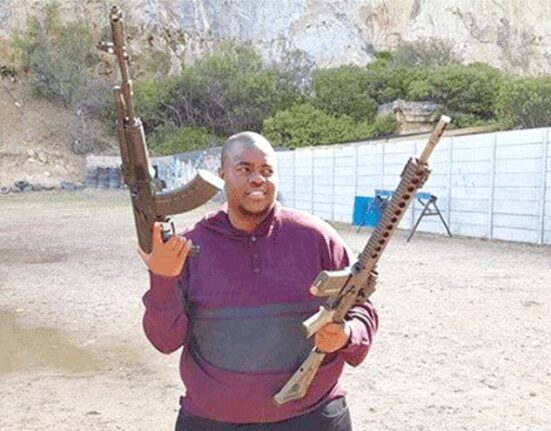

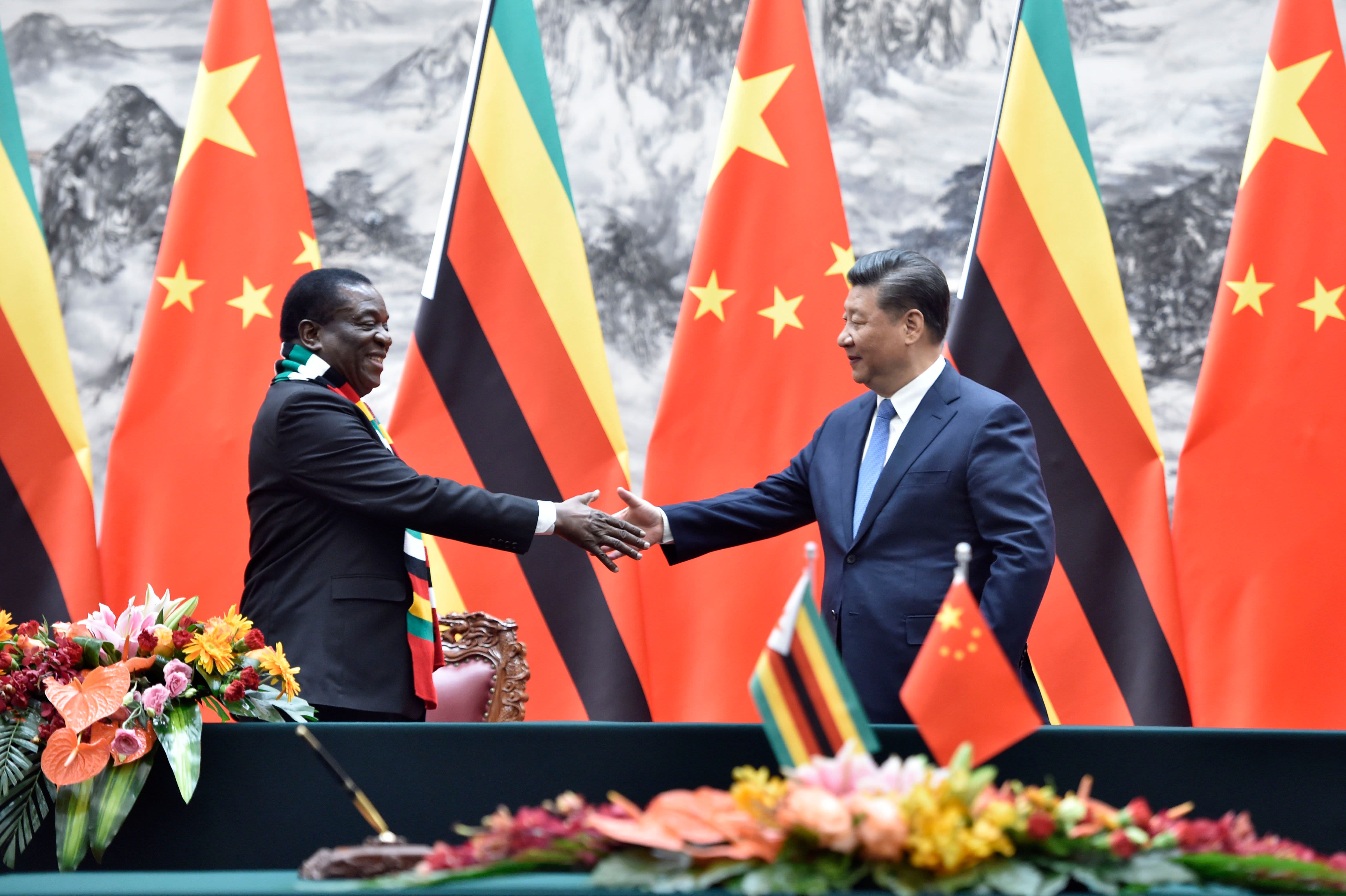
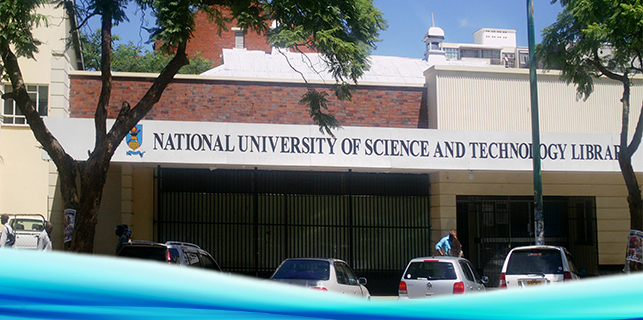
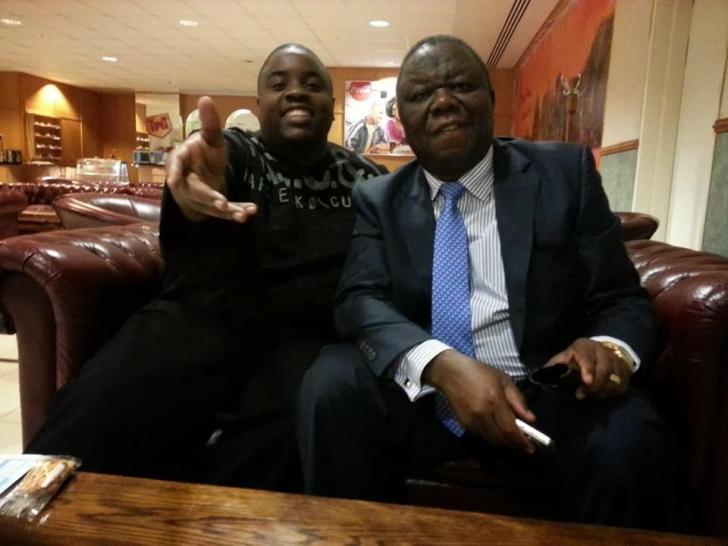
1 Comment